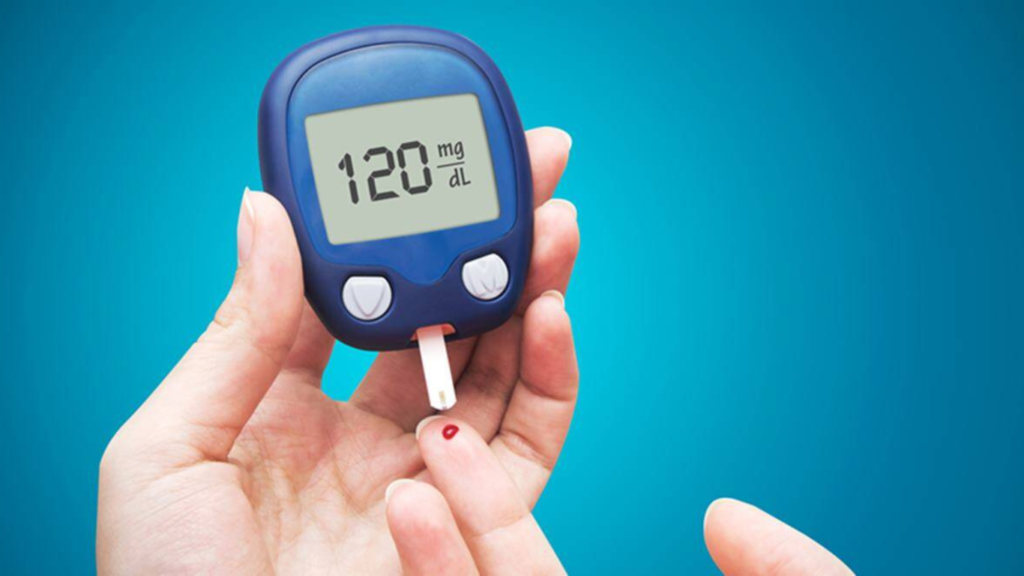Can the Timing of Physical Activities Impact Glycemic Control?
Let’s get real: most of us know exercise is great for our health. But have you ever wondered if when you work out matters just as much as how you work out? Turns out, it does—especially for people dealing with type 2 diabetes mellitus (T2DM). Scientists have been diving into the timing of physical activity and its impact on blood sugar levels, and their findings are pretty eye-opening. Let’s break it down.

Why Timing Matters
For years, doctors and fitness gurus have preached the gospel of regular exercise to manage diabetes. But a recent study went a step further, analyzing whether the timing of physical activity affects glycemic control. Researchers tracked over 2,400 overweight and obese adults with T2DM, examining the impact of at least 10 minutes of moderate-to-vigorous physical activity (bMVPA) at different times of the day.
Here’s the kicker: Participants who exercised in the afternoon showed the most significant improvement in their HbA1c levels (a measure of long-term blood sugar control) within the first year. These afternoon exercisers outperformed not only inactive individuals but also those who worked out in the morning, midday, evening, or at mixed timings—by a whopping 30-50%!
Not only that, but they were also more likely to stop needing glucose-lowering medications. Imagine ditching your meds just by shifting your workouts to the afternoon. Pretty wild, right?
The Long-Term Picture
Here’s where it gets a little tricky. Between years 1 and 4 of the study, the differences in HbA1c improvement across different exercise timings weren’t as significant. However, that doesn’t mean timing is irrelevant. Think of it as a sprint versus a marathon: exercising in the afternoon may give you a strong head start in managing your diabetes, but consistency remains the real game-changer.
Insights from the Experts
Even celebrities and health experts are on board with the idea of timing your activities. Dr. Michael Mosley, a well-known advocate for intermittent fasting and exercise, once said, “Timing is everything. Exercise is like medicine—it works best when taken at the right time.”
Similarly, tennis legend Venus Williams, who manages her autoimmune disease with a disciplined routine, has often emphasized the importance of understanding your body’s rhythms: “What works for someone else may not work for you. Find what fits your life and stick to it.”
Making It Work for You
Now that you know timing your workouts can make a difference, how can you apply this to your daily life? Here are some practical tips:
Start with Afternoon Sessions: If you have T2DM or are at risk, try scheduling your workouts between 12 PM and 5 PM. Use this time for brisk walking, cycling, or even a dance workout—anything that gets your heart pumping.
Stick to a Routine: As James Clear, author of Atomic Habits, says, “You do not rise to the level of your goals. You fall to the level of your systems.” Consistency is key. Make afternoon exercise a non-negotiable part of your day.
Track Your Progress: Keep an eye on your HbA1c levels and overall energy. Apps like MyFitnessPal or a simple journal can help you see patterns and stay motivated.
Fuel Your Body Smartly: Exercise and nutrition go hand in hand. Avoid heavy meals before your workout and focus on balanced post-workout snacks like a handful of nuts or a smoothie with low glycemic index fruits.
Don’t Overthink It: If afternoons don’t work for you, don’t give up. Any physical activity is better than none. The most important thing is to find a time you can commit to regularly.

Beyond Diabetes
Here’s the thing: even if you don’t have T2DM, paying attention to when you exercise can benefit you. Research suggests that afternoon workouts align with your body’s natural circadian rhythms, improving performance, reducing injury risk, and helping you sleep better.
The Bigger Picture
Managing blood sugar is about more than just exercise. It’s about creating a balanced lifestyle. Self-help books like The Diabetes Code by Dr. Jason Fung emphasize how combining proper nutrition, intermittent fasting, and physical activity can help reverse type 2 diabetes. So, use this knowledge as part of a bigger strategy to take control of your health.
Take Charge
The timing of your physical activities isn’t just a minor detail—it’s a game-changer, especially for those managing diabetes. By understanding your body’s needs and aligning your habits with its natural rhythms, you can unlock better health and more energy.
As Dr. Mark Hyman, a leading functional medicine expert, says, “Your health isn’t just about the absence of disease; it’s about feeling amazing every day.” Let this be your reminder to move intentionally—and maybe hit the gym at 3 PM tomorrow.